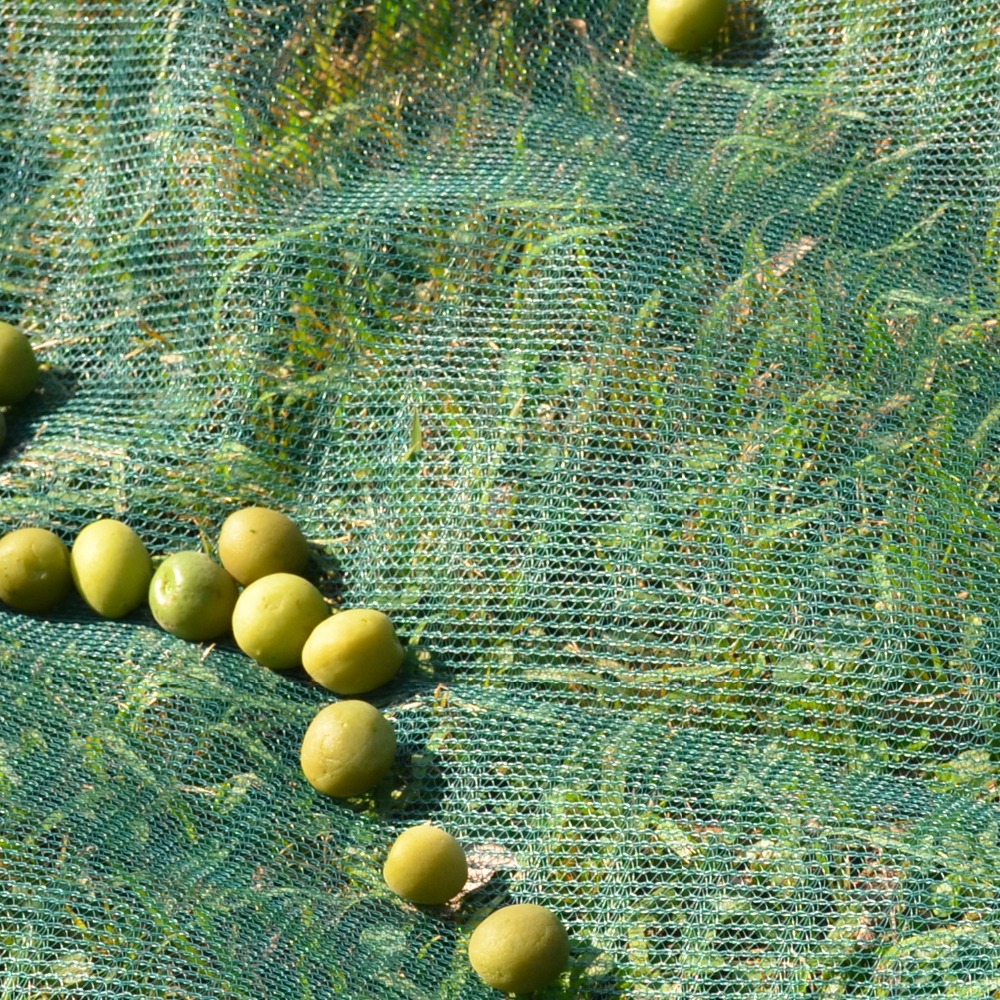
Clearing debris before the olive harvest is not always absolutely necessary, but it is generally recommended for several reasons:
1. Cleanliness: Removing debris from the orchard floor helps maintain a clean environment during the olive harvesting process. Fallen leaves, branches, or other debris can contaminate the olives and affect their quality. It is especially important to clear debris if there is a risk of pests or diseases associated with the debris.
2. Ease of Harvest: Clearing debris makes the harvesting process easier and more efficient. It provides a clear and unobstructed surface for spreading the olive net, ensuring that the olives fall directly onto the net. This makes it easier to collect the olives and helps prevent interference during harvesting.
3. Soil Contamination: Debris on the orchard floor can include soil particles, which may lead to increased sediment and impurities in the collected olives. By clearing the debris, the risk of soil contamination can be minimized, enhancing the quality of the olives and potentially improving the flavor of the final product.
4. Pest and Disease Control: Fallen leaves and plant material can serve as a habitat or food source for pests and diseases. Clearing the debris helps reduce the risk of pests or diseases spreading among the olive trees. It can also make it easier to detect and address any issues that may arise during the harvest.
While clearing debris before the olive harvest is generally beneficial, it may not be possible or practical in all circumstances. In some cases, the debris may be minimal, and the risk of contamination or interference may be low. However, it is advisable to assess the situation and consider the potential benefits of clearing debris to ensure a successful and high-quality olive harvest.
Preparing the orchard before the olive harvest serves several important purposes:
1. Clearing Debris: Removing debris, such as fallen leaves, branches, or weeds, from the orchard floor ensures a clean surface for spreading the olive net. Clearing the debris helps prevent unwanted items from falling onto the net and interfering with the harvesting process. It also reduces the risk of contamination or spoilage of the olives.
2. Enhancing Accessibility: Preparing the orchard involves ensuring clear access to the olive trees. Trimming and clearing vegetation around the trees makes it easier to reach the branches and facilitates the harvesting process. It allows for better visibility of the olives, making it easier to assess their ripeness and readiness for picking.
3. Minimizing Interference: By removing weeds or other vegetation beneath the olive trees, the orchard's productivity and health can be preserved. Weeds compete for resources, including sunlight, water, and nutrients, with the olive trees. Clearing the area reduces this competition, allowing the olive trees to thrive and potentially improving the quality and yield of the olives.
4. Preventing Contamination: Cleaning the orchard helps reduce the risk of contaminating the olives during the harvest. Fallen leaves, soil, or other debris may contain microorganisms or contaminants that can affect the quality and safety of the olives. By removing the debris beforehand, the chance of such contamination can be minimized.
5. Facilitating Harvesting Operations: A well-prepared orchard provides a more organized and efficient environment for the harvest. Clear pathways and work areas allow for easier movement of farm workers or machinery during the harvesting process. It allows for smooth maneuvering, reducing the risk of accidents or damage to the olive trees or equipment.
Overall, preparing the orchard before the olive harvest helps ensure a clean, accessible, and organized environment for efficient and effective harvesting. It contributes to maintaining the quality and integrity of the olives, promoting a successful and productive harvest.


 英语
英语 西班牙语
西班牙语













